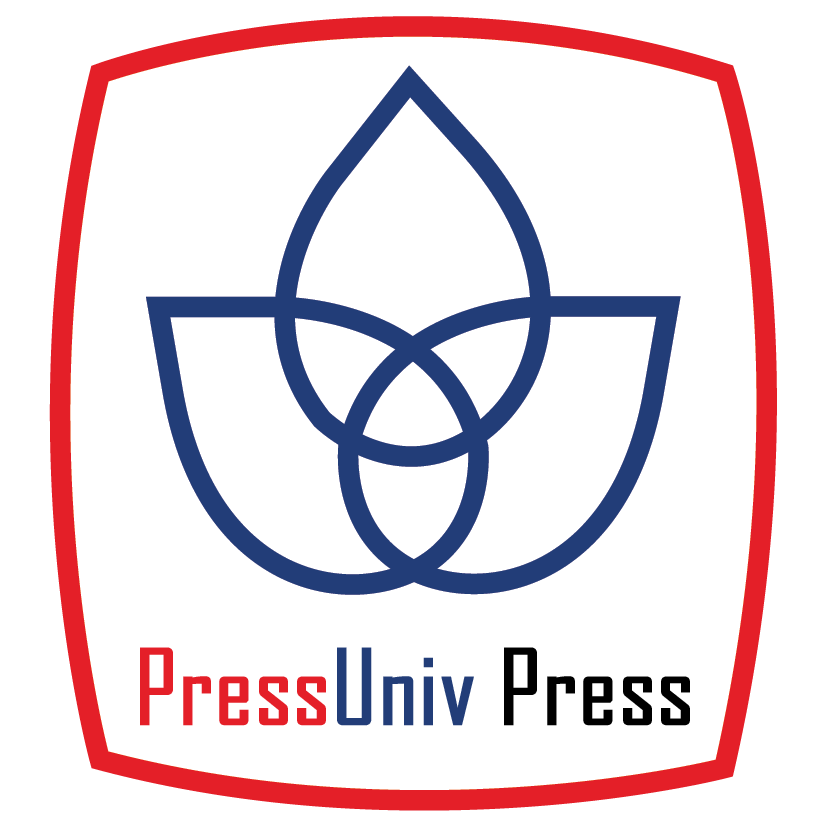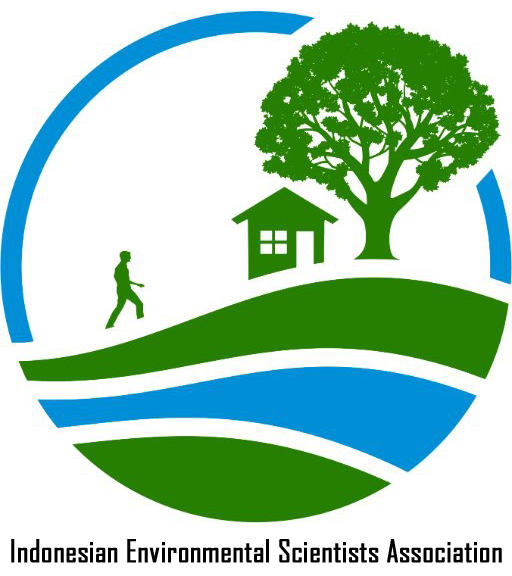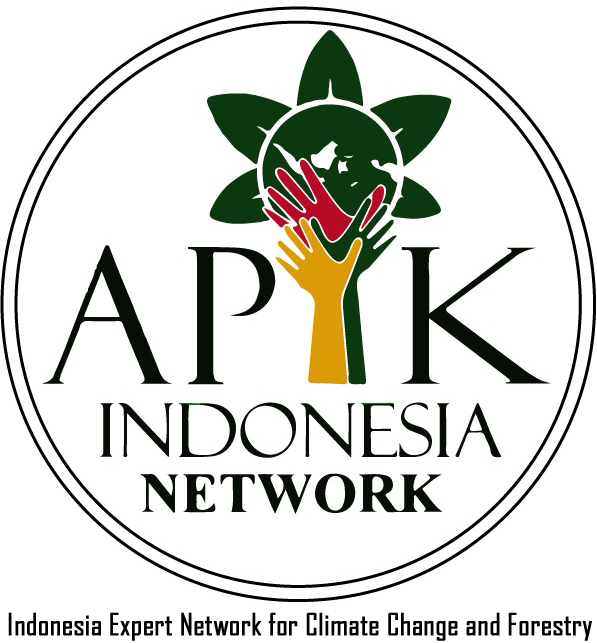THE CHARACTERIZATION OF GUAVA ECO ENZYME AND ITS CORRELATIONS TO NH3, PO4, AND pH REDUCTION IN WATER SAMPLES
Abstract
Keywords
Full Text:
PDFReferences
I. Rummel-Bulska and Basavaraj-Schroth, “The Basel Convention on the Control of Transboundary Movements of Hazardous Wastes and their Disposal,” Cent. Eur. J. Public Health, vol. 2, no. SUPPL., pp. 10–15, 1994, doi: 10.1515/9783110874815-040.
H. B. Jayasiri, “Marine debris,” Mar. Pollut. Clim. Chang., no. April, pp. 136–162, 2017, doi: 10.1201/9781315119243-6.
Kementerian Lingkungan Hidup dan Kehutanan, “Sistem Informasi Pengelolaan Sampah Nasional,” 2020. [Online]. Available: http://sipsn.menlhk.go.id/sipsn/. [Accessed: 02-May-2021].
S. Valizadeh and H. Hakimian, “Evaluation of waste management options using rapid impact assessment matrix and Iranian Leopold matrix in Birjand, Iran,” Int. J. Environ. Sci. Technol., vol. 16, no. 7, pp. 3337–3354, 2019, doi: 10.1007/s13762-018-1713-z.
N.- Rochyani, R. L. Utpalasari, and I. Dahliana, “ANALISIS HASIL KONVERSI ECO ENZYME MENGGUNAKAN NENAS (Ananas comosus ) DAN PEPAYA (Carica papaya L.),” J. Redoks, vol. 5, no. 2, p. 135, 2020, doi: 10.31851/redoks.v5i2.5060.
D. Shefali, “Eco-Enzyme A Perfect House-Hold Organic Cleanser,” vol. 5, no. 11, 2017.
N. Rasit, “PRODUCTION AND CHARACTERIZATION OF ECO ENZYME PRODUCED FROM TOMATO AND ORANGE WASTES AND ITS INFLUENCE ON THE AQUACULTURE SLUDGE,” Int. J. Civ. Eng. Technol., vol. 10, no. 03, pp. 967–980, 2019.
S. Sarabhai and A. Arya, “Garbage enzyme : A study on compositional analysis of kitchen waste ferments,” Parma Innov. J., vol. 8, no. 4, pp. 1193–1197, 2019.
S. Greenland et al., “Statistical tests, P values, confidence intervals, and power: a guide to misinterpretations,” Eur. J. Epidemiol., vol. 31, no. 4, pp. 337–350, 2016, doi: 10.1007/s10654-016-0149-3.
F. E. Tang and C. W. Tong, “A Study of the Garbage Enzyme ’ s Effects in Domestic Wastewater,” vol. 5, no. 12, pp. 887–892, 2011.
DOI: http://dx.doi.org/10.33021/jenv.v7i1.1520
Copyright (c) 2022 Muhammad Haekal Bahari, Temmy Wikaningrum

This work is licensed under a Creative Commons Attribution-ShareAlike 4.0 International License.
Journal of Environmental Engineering and Waste Management Published by PresUniv Press, in collaboration with IESA and APIK Indonesia Network




